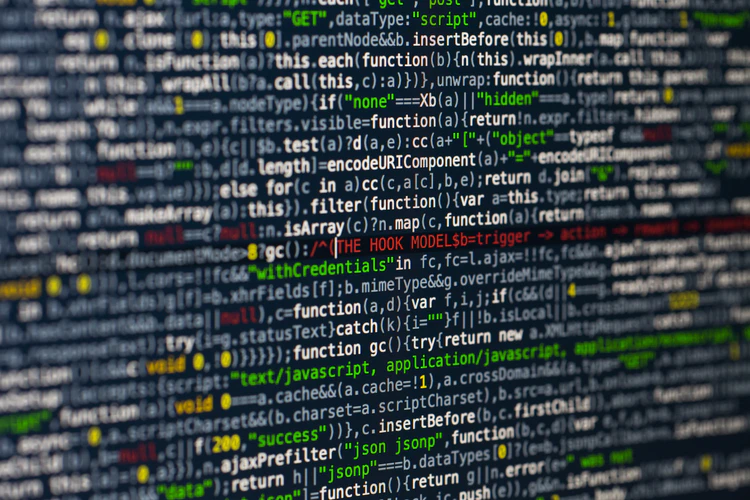📳 Transforming 5G with AI
AI in 5G optimizes beamforming and MIMO, enhancing network efficiency, capacity, and user experience.

Today's Highlights
- How AI is changing 5G technologies
- This Week On BuzzBelow - a recap on this week's topics
- In Other News - a few interesting developments we're tracking
As 5G networks become increasingly prevalent, the integration of Artificial Intelligence (AI) into these systems is revolutionizing how we experience connectivity. Two critical areas where AI significantly impacts 5G are beamforming and Multiple Input Multiple Output (MIMO) technologies. These advancements promise to enhance network efficiency, capacity, and user experience.
Beamforming is a signal processing technique used in wireless communication systems to direct the transmission or reception of signals in specific directions. Instead of broadcasting signals in all directions, beamforming uses an array of antennas to focus the signal towards a particular user or device, thus improving signal strength and quality while reducing interference. MIMO technology involves using multiple antennas at both the transmitter and receiver ends to improve communication performance. MIMO enhances data throughput and reliability by exploiting the spatial dimension of the signal, allowing multiple data streams to be transmitted simultaneously over the same frequency channel.

AI in Beamforming
AI algorithms can dynamically adjust the direction of the beams based on real-time data about the user's location, movement, and environment. Machine learning models analyze patterns and predict the best beamforming strategy to ensure optimal signal strength and quality. This dynamic adjustment is crucial in environments with high user mobility, such as urban areas or sports stadiums. Ericsson is heavily investing in AI to enhance beamforming capabilities in 5G networks. They use AI algorithms to optimize the direction of beams in real-time, improving signal quality and reducing interference. Their AI-driven approach allows for dynamic adaptation to changing user environments, enhancing overall network performance.
AI in MIMO
In MIMO systems, obtaining accurate Channel State Information (CSI) is crucial for optimizing signal transmission. Traditional methods of obtaining CSI involve significant overhead and latency. AI can predict CSI by analyzing historical data and current network conditions, allowing for more accurate and timely adjustments in the MIMO system. Huawei's MIMO technology incorporates AI to manage multiple data streams efficiently. By predicting traffic patterns and channel conditions, their AI algorithms optimize the allocation of resources, ensuring robust and high-speed connections even in dense urban environments.
The integration of AI into 5G technologies, particularly in beamforming and MIMO, is paving the way for a new era of wireless communication. By leveraging AI's capabilities in real-time analysis, prediction, and adaptation, 5G networks can achieve unprecedented levels of efficiency, capacity, and user satisfaction. As AI continues to evolve, its role in enhancing 5G will only become more critical, driving innovations that will shape the future of connectivity.
This Week on BuzzBelow



In Other News







